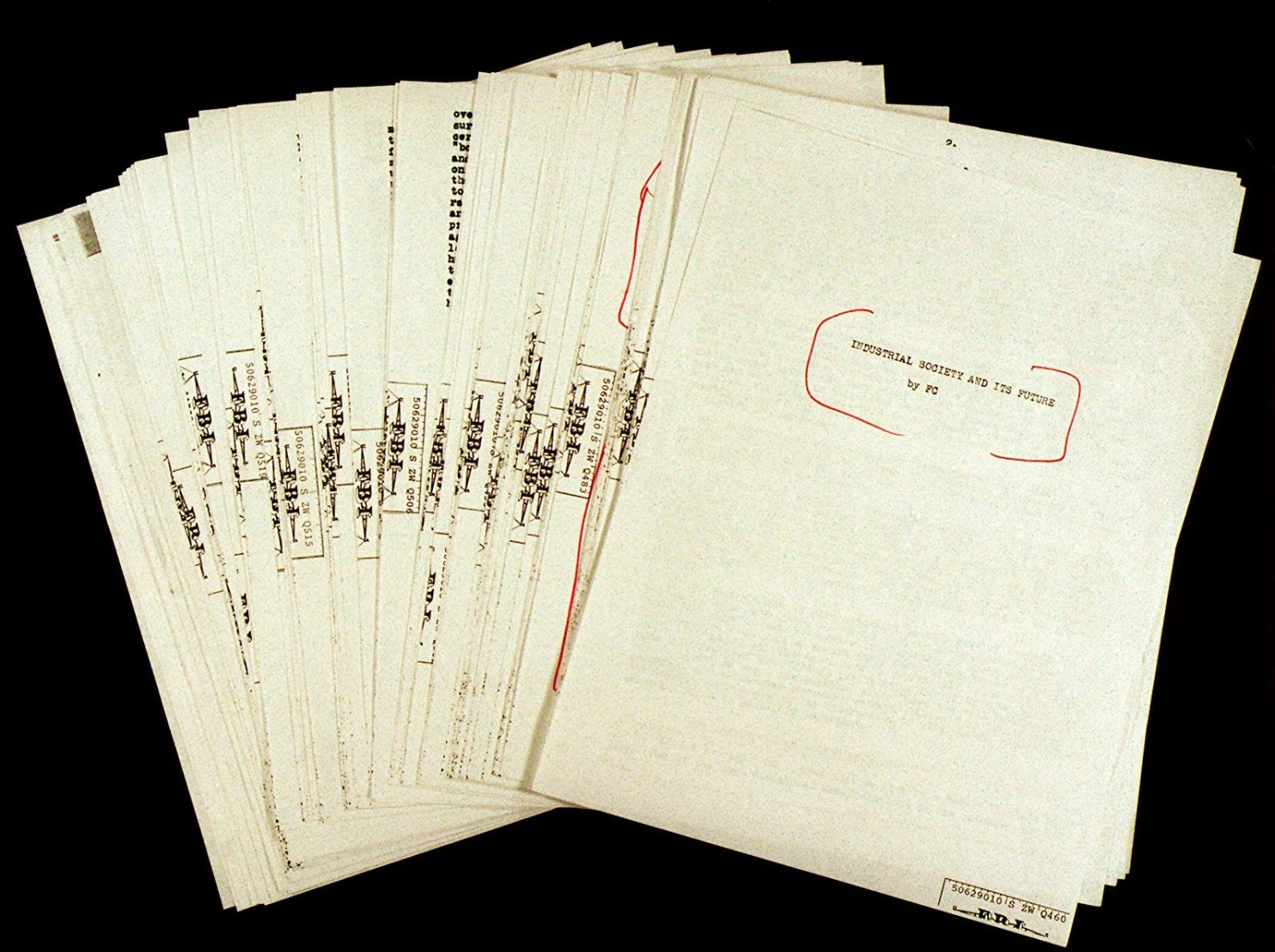The telegraph, the submarine cable, the telephone, the massive railroad bridges and tunnels, and the high-speed printing press not only improved communications but also demonstrated the practical utility of science.
Chemistry and physics were especially important. The study of thermodynamics was fostered by the steam engine, which used heat to create power and led physicists to study the conservation of energy. The second law of thermodynamics held that all energy was ultimately dissipated; though the total amount of energy in the universe remained constant, the amount useful to human beings was capable of being steadily degraded.
This in turn led to an interest in the conservation of the resources on which energy was based. Scientists who studied electricity and magnetism developed a new body of study, electromagnetism. They maintained that light was a series of waves. Since light waves must move through some medium, not empty space, it was hypothesized that space was filled with a conductor, a substance called ether. Many scientists abandoned the Newtonian concept of light as made up of minute particles.
To other physicists, and also chemists, biologists, and physicians, humanity continued to live in a world of particles—a world of atoms. Atoms of one chemical element combined with those of another to form molecules of some familiar substance, such as hydrogen, oxygen, and water.
But the process of combination raised some important questions. For example, the volume of hydrogen in water was twice that of oxygen, as indicated by the familiar formula H2O; but experiments showed that the weight of the oxygen was eight times that of the hydrogen.
It seemed evident, therefore, that an atom of oxygen must weigh sixteen times more than an atom of hydrogen. To establish a standard table of atomic weights, an international congress of experts met in 1860 in Germany. To understand the interactions of atomic weights, scientists felt, was to approach an understanding of the nature of energy in the universe.
The biological counterpart of the atomic theory was the cell theory: All plant and animal structures are composed of living units known as cells. The medical counterpart was the theory of germs—a great advance over the older belief that disease was in effect a phenomenon of spontaneous corruption.
Biology, like all other sciences, was international: A German microbiologist discovered the organisms causing tuberculosis and cholera; an American doctor found that the virus responsible for yellow fever was transmitted by a mosquito; in Britain a Quaker physician demonstrated that germs were responsible for the infection of wounds.
In France the chemist Louis Pasteur (1822-1895) became popular when he was credited with the development of a vaccine for inoculating victims of rabies and by devising a process for sterilizing milk. By the twentieth century the average life expectancy in North America and many European countries was to increase by twenty to thirty years.

